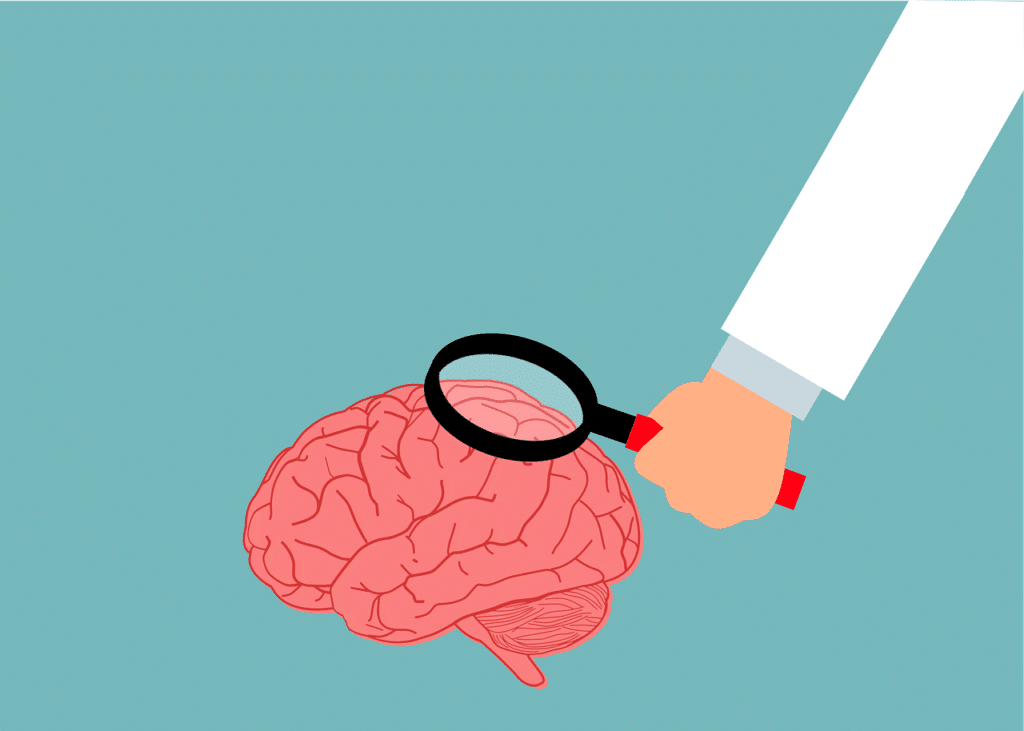Demystifying the Nervous System: A Simple Guide
By Marcos Otero
The nervous system is like the conductor of the human orchestra, coordinating everything from our thoughts to our movements. It’s a complex network of cells and tissues that transmit messages throughout the body. Let’s dive into the fascinating world of the nervous system, breaking down its components and functions in simple terms.
Parts of the Nervous System

- Brain: Think of the brain as the command center. The big boss controls everything we do, from breathing to solving math problems. It’s divided into different regions, each responsible for thinking, feeling, and coordinating movement.
- Spinal Cord: Picture the spinal cord as an expressway that connects the brain to the rest of the body. It’s like a long, thin bundle of nerves that runs down the back, protected by the spine’s bones. The spinal cord acts as a messenger, sending signals between the brain and the body.
- Nerves: Nerves are like the messengers of the nervous system. They’re long, slender fibers that carry electrical impulses from one part of the body to another. Some nerves send signals to muscles, telling them to move, while others transmit sensations like touch, pain, and temperature.
Functions of the Nervous System
- Sensory Input: Imagine your nervous system as a giant radar, constantly scanning the environment for information. Specialized cells called neurons detect stimuli like light, sound, and pressure and then send these signals to the brain for processing.
- Integration: Once the brain receives sensory information, it processes and interprets it. Here, magic happens—we create memories, make decisions, and feel emotions. The brain integrates incoming signals to create a coherent picture of the world surrounding us.
- Motor Output: After the brain has processed information, it sends commands to the rest of the body. These commands travel along the spinal cord and through the nerves, telling muscles to contract or relax. This is how we can move, speak, and perform countless other actions.
How It Works
Imagine you accidentally touch a hot stove. Instantly, specialized nerve endings in your skin detect the heat and send a signal racing up your arm, through the spinal cord, and into the brain. The brain processes this information in milliseconds, recognizing the pain sensation and generating an automatic response: withdraw your hand!
In this scenario, the nervous system acted like a lightning-fast relay race, transmitting signals at incredible speeds to protect your body from harm. And it’s not just about reacting to danger—every thought, feeling, and movement we experience relies on the intricate workings of the nervous system.
Common Problems
Like any complex system, the nervous system can encounter glitches from time to time. Here are a few common issues:
- Stroke: occurs when blood flow to part of the brain is blocked or reduced, depriving brain cells of oxygen and nutrients. Serious complications, including paralysis, speech problems, and cognitive impairments can occur.
- Alzheimer’s Disease: Alzheimer’s is a progressive brain disorder that affects memory, thinking, and behavior. The buildup of abnormal proteins in the brain, which disrupts communication between neurons and eventually leads to cell death, causes Alzheimer’s.
- Spinal Cord Injury: Damage to the spinal cord can result in loss of sensation and motor function below the injury site. Depending on the severity of the injury, individuals may experience partial or complete paralysis.
Conclusion
The nervous system is a marvel of biological engineering, orchestrating every aspect of our daily lives precisely and efficiently. From the moment we wake up to when we fall asleep, it’s working tirelessly behind the scenes to keep us alive and kicking. So the next time you marvel at the wonders of the human body, take a moment to appreciate the incredible complexity of the nervous system—and all the fantastic things it enables us to do.



